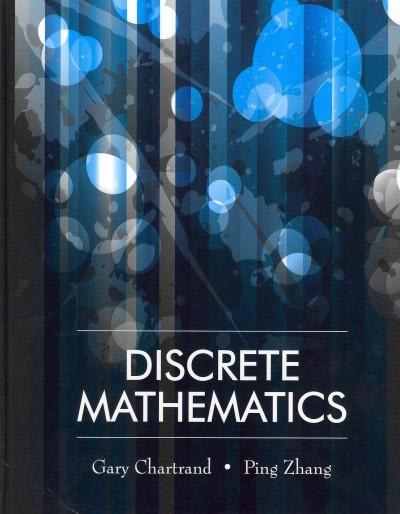
1. Suppose you're performing a study to estimate the average number of tattoos that students at 'I'NS have. 1. 2. 3. 4. 5. Explain in your own words what the yellow distribution would represent. (le changing the a: and sliders and check what happens}. In a single draw, what would the dots that fall ora the yellow distribution represent in terms of data collection and your study? What would clicking Sample many times represent (or. equivalently, setting Draws to a larger number) in terms of data collection and your study? What would the orange distribution represent in terms of your study? How would you expect the orange distribution would change if the Sample size were increased? 2. Suppose you chose a random TNS student and recorded the number of tattoos they have. Then you asked 50 INS students how many tattoos they have and recorded the average number of tattoos of those 50 students. Then you asked 500 TNS students how many tattoos they have and recorded the average number of tattoos of those 500 students. Which number would you expect to be closer to the true average number of tattoos that TNS students have -- the number of tattoos the singles 'INS student reported. the average of 50 students or the average of 500 students":l 'W'hy? (You can use the interactive graphic and its sliders to help illustrate and support your response.) 3. IQ scores are normally distributed with a mean of 200 and standard deviation of 30. Compute the z score for an individual with an IQ score of 180. Chapter 3: Probability Distributions Central Limit Theorem The Central Limit Theorem (CLT) states that the sample mean of a sufficiently large number of Lid. random variables is approximately normally distributed. The larger the sample, the better the approximation. Change the parameters a and / to change the distribution from which to sample. ( = 1,00 B -1.00 Choose the sample size and how many sample means should be computed (draw number), then press "Sample." Check the box to display the true distribution of the sample mean. Sample size = 1 Draws =1 Theoretical Sample









